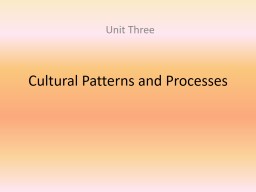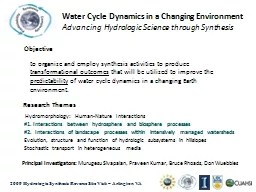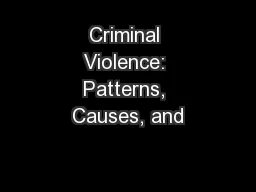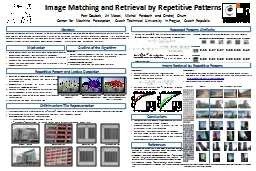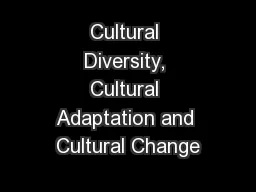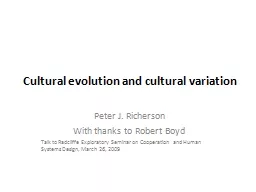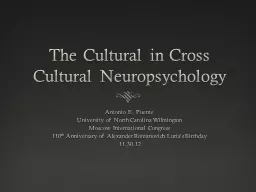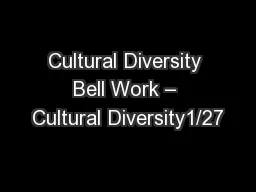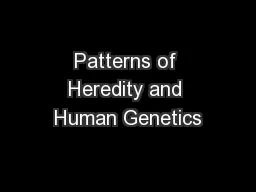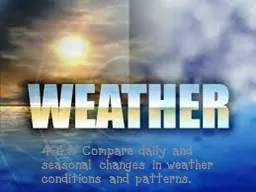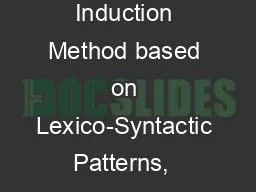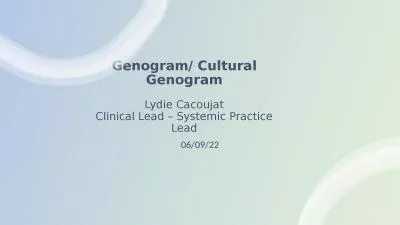PPT-Cultural Patterns and Processes
Author : jacey | Published Date : 2023-09-20
Unit Three Schools of Thought in Cultural Geography Environmental determinism physical environment actively shapes cultures so that human responses are almost
Presentation Embed Code
Download Presentation
Download Presentation The PPT/PDF document "Cultural Patterns and Processes" is the property of its rightful owner. Permission is granted to download and print the materials on this website for personal, non-commercial use only, and to display it on your personal computer provided you do not modify the materials and that you retain all copyright notices contained in the materials. By downloading content from our website, you accept the terms of this agreement.
Cultural Patterns and Processes: Transcript
Download Rules Of Document
"Cultural Patterns and Processes"The content belongs to its owner. You may download and print it for personal use, without modification, and keep all copyright notices. By downloading, you agree to these terms.
Related Documents

